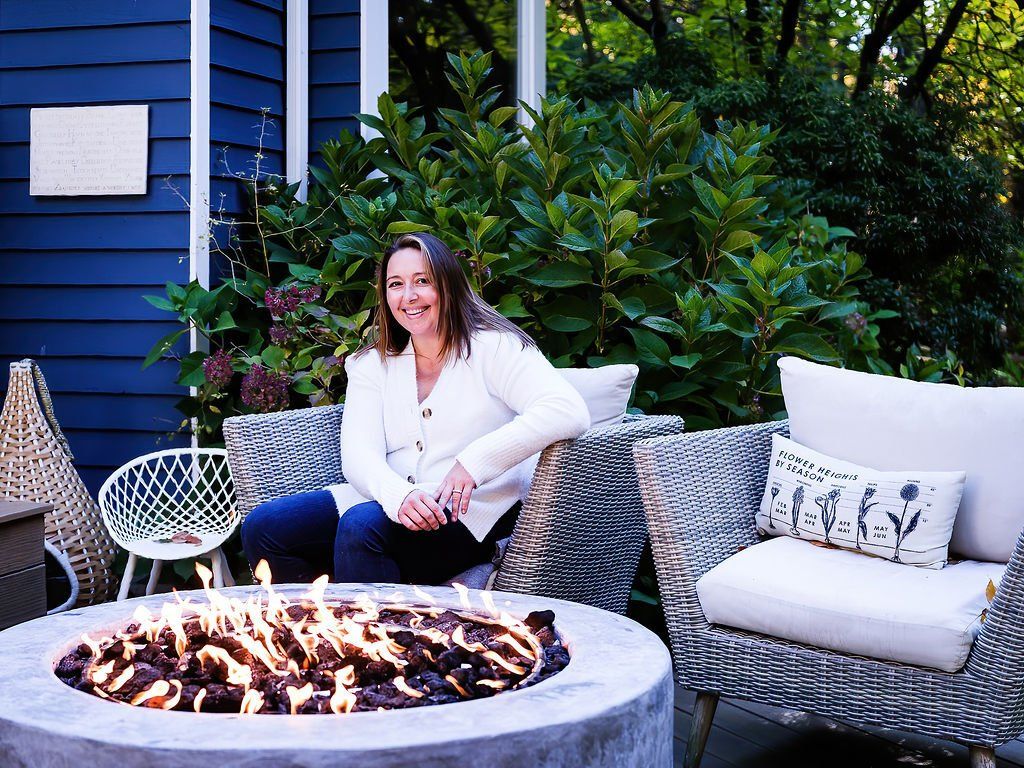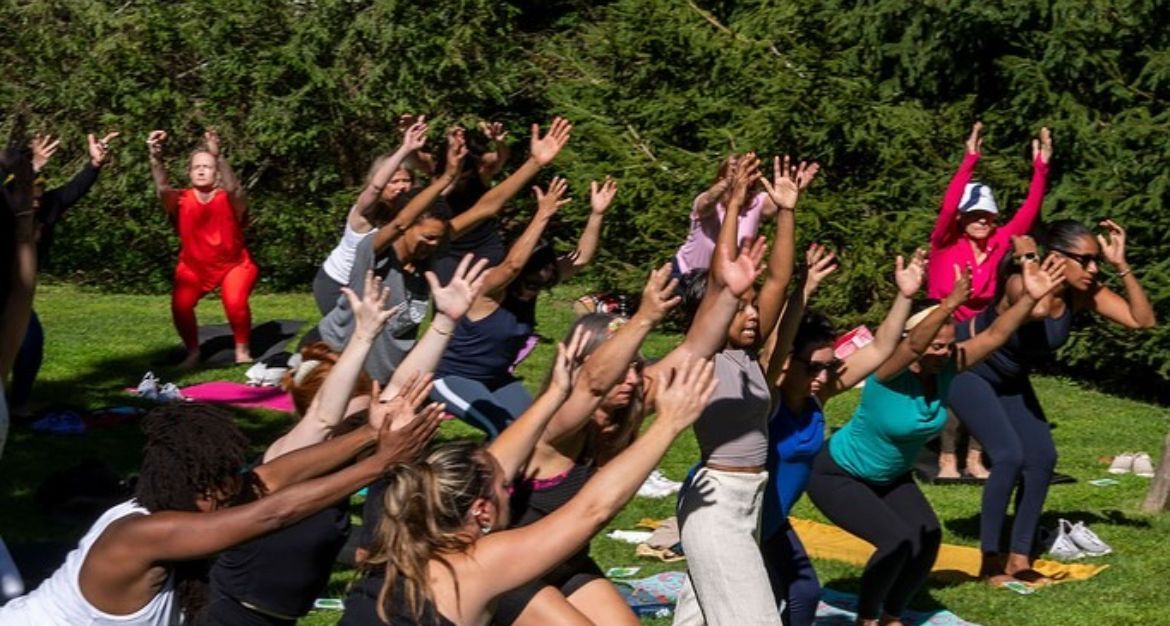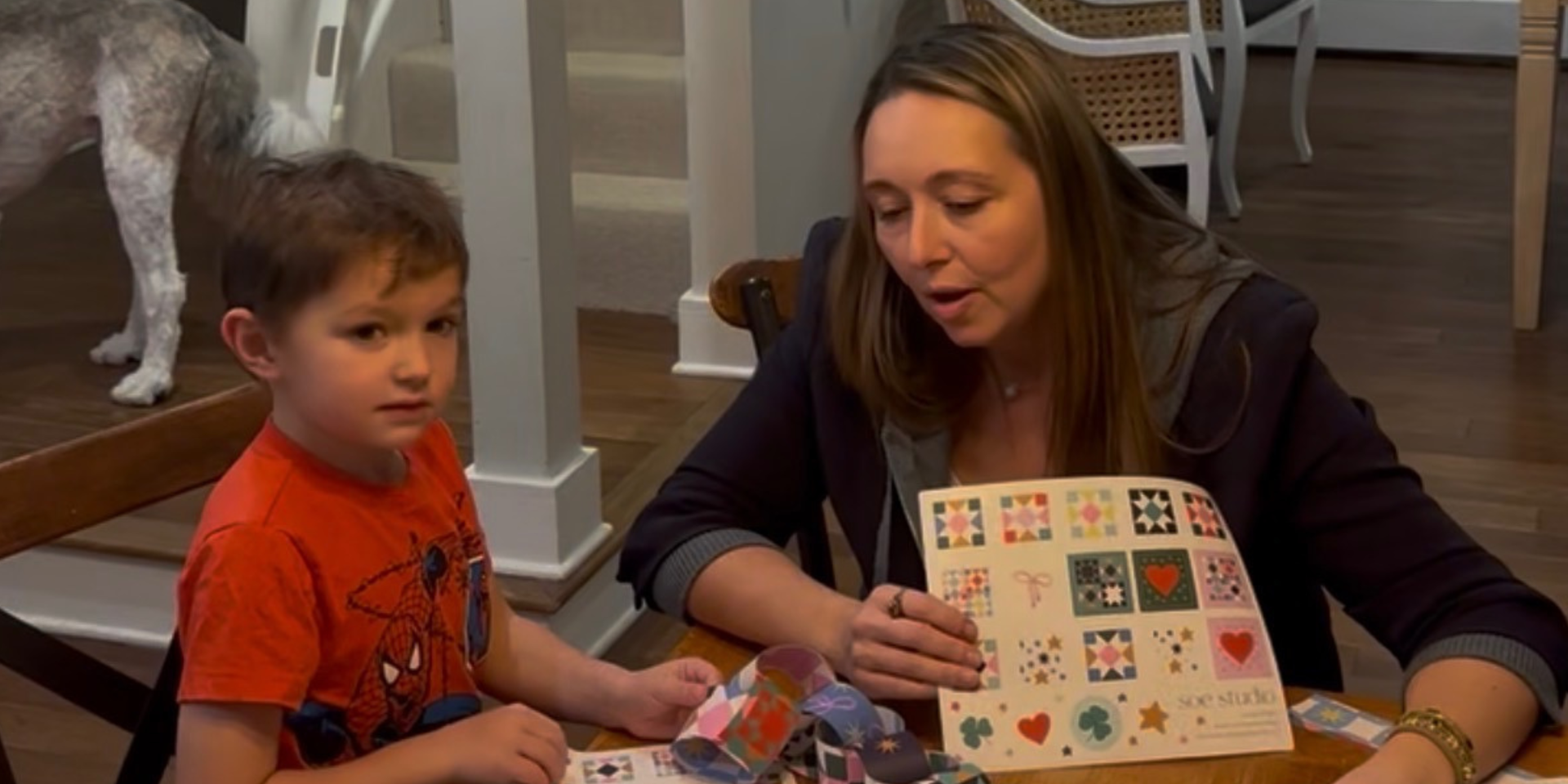How to Have an Eco-Friendly Thanksgiving Feast
Thanksgiving is a time to come together with family and friends, enjoy some turkey and watch the football game. It's also one of the least eco-friendly holidays. Making the holidays more eco-friendly is much easier than you think. Going green during the holidays doesn't have to be all or nothing. It's all about knowing how to plan ahead and shop smart. Here is how to have an eco-friendly Thanksgiving Feast.

Here is how to have an eco-friendly Thanksgiving Feast
When you can, shop for organic food. Organic food is grown without pesticides and other chemicals. It’s also raised without antibiotics or growth hormones. Organic food helps protect the environment—it's better for the soil, water supply and wildlife! There are some stores that sell only organic foods—these are called health food stores or farmers' markets (some grocery stores also sell a few organic items). You can find some of these in your area by searching online or asking someone from your local library where they are located near you.
try to buy meat locally
When you're eating meat, try to buy from local farms that don't administer antibiotics or synthetic hormones. If you can't find local organic turkey, chicken, or beef. Not only is this better for the environment, but it will also save you money! Most of us are already doing our part by supporting local farmers with our purchases; now it’s time to take things one step further and eat more sustainably while saving money!
If your family decides not to participate in the traditional Thanksgiving Dinner and instead opts for something more sustainable, there's nothing wrong with it—and I'm sure everyone will still enjoy a delicious meal without all the additional waste associated with preparing an elaborate feast! Many people will challenge themselves to having a plant based feast too!
Choose glass and aluminum over plastic
-Choose glass and aluminum over plastic.
-Plastics take over 1,000 years to decompose, which is forever in human terms. They're made from fossil fuels and aren't biodegradable. Not only that, but the process of making plastics is wasteful and pollutes the environment.
-If you're having a Thanksgiving feast at your home this year, opt for reusable dishes rather than plastic ones that are meant to be used once or twice before being thrown away. You can also pack your leftovers in reusable containers instead of disposable ones that will end up in landfills or oceans after you've eaten them!
Use compostable plates, cups and utensils
Compostable plates, cups and are made from plant-based materials that break down quickly. They are a great alternative to plastic or paper. Compostable products come in many forms including bags and containers designed to be used one time only, like the ones you get at your local grocery store. They can also be purchased as compostable plates, cups and utensils made from cornstarch or sugar cane. These products will biodegrade in less than 30 days when placed in a compost pile where they will help make fertilizer for another growing season!
Cut back on waste when you're decorating your table
If you're hosting a large gathering, consider using reusable items rather than disposable ones. This will reduce waste and help prevent food from going to landfill.
-Use cloth tablecloths instead of paper or plastic covers (which can't be recycled).
-Use cloth napkins instead of paper napkins (which are usually made from virgin fibre).
-Use candles instead of electric lights for your table decorating—but don't overdo it! Candles only last for two hours on average before they burn out, so keep an eye on them throughout the meal. You can also use votive candles in glasses as centerpieces—they're beautiful!
-Opt for metal cutlery rather than plastic cutlery when serving your guests their food. Metal is recyclable, while plastic often ends up in landfills where its chemicals leak into our soil and waterways causing environmental damage.
Buy locally-grown food if possible; and when you can't find it, buy organic
You can help the environment and keep costs down by buying locally-grown food, when possible. If you live in a big city, look online or ask around to find a local farmer's market. If you don't have access to such a thing, buy organic instead of conventional produce. Organic food is better for the environment, health and animals because it doesn't contain any harmful pesticides (which are bad for everyone).
Organic food is more expensive than conventional food — often much more expensive. This is why many people opt for conventional produce over organic: They don't want to spend more money on something that's only slightly better for them and the planet. But if you're looking to make this Thanksgiving eco-friendly, it's worth it! Organic foods aren't always available at every grocery store; so if you can't find them at your regular supermarket go ahead and check out another store or two before giving up hope entirely!
There are easy ways to make your Thanksgiving dinner more sustainable.
-Buy locally-grown food if possible; and when you can't find it, buy organic. With the holiday season coming up, many people are already thinking about what they'll be eating. Thanksgiving is just one of the many meals that we have throughout the year where we gather around our families and friends to share in a feast.
-Use compostable plates, cups and utensils. If you can't wash your own dishes due to limited time before guests arrive (or simply don't have time), opt for paper plates instead. You'll still save water since they won't need rinsing before being thrown away—and who knows? Maybe one day soon all of us will be able to get rid of dishwashers altogether!
-Cut back on waste when you're decorating your table—use only natural materials such as flowers from your garden or silk leaves from craft stores like Hobby Lobby (the store's website even has instructions on how to make fall wreaths with these materials). This way you won't have tons of plastic decorations lying around after everyone leaves!
So, what are you waiting for? Get planning! If you're hosting a Thanksgiving dinner this year, why not make it a green one? You'll be doing the world (and your family) a favor.





